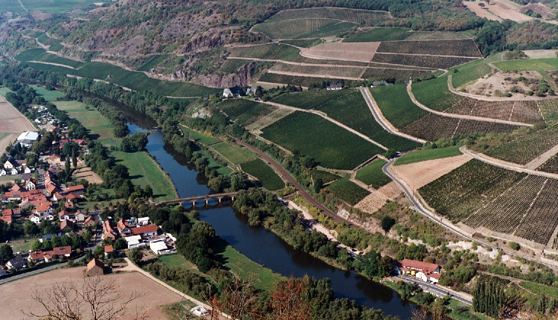Why do I know I can or should? Well, I don't. When I get a new cheese, I just nibble at these parts. If I like it, I eat it. If I see wax or a cheesecloth impression, I usually don't, not because I think it's unsafe but because it's usually a hard unwelcome texture without any additional benefit of taste.
This came up yesterday when we were trying two new cheeses purchased at our favorite crazy little wine and cheese shop out in the Skagit County countryside, Slough Foods. A Rogue River (Oregon) raw goats milk cheese had one of those thick, crusts and I liked the ruddy look of it. Tasted it...mmm, paprika! Yes, this is very good, and who would coat a cheese in a thick layer of paprika if they didn't mean you to eat it? Another cheese, very yellow and nutty and from one of the local islands, was equally wonderful, but it had the cheesecloth impression and I found the rind waxy, so that I cut away.
I otherwise know of no sure-fire way to tell which to eat and which not. But while waiting for John, Slough Foods' proprietor, to cut my cheeses (Bill Spohn, leave that alone
But there are probably a lot of people like that woman at Slough Foods, and a long time ago I was one of them. Stilton, encountered upon my move to England, was probably the ugliest cheese I'd ever laid eyes on, but it was also the first blue cheese I ever liked. And I hadn't merely disliked blue cheese previously, I'd despised it. Brie was another happy European discovery. It's mold, but you can eat it? A revelation. And once I cleared that hurdle, the rest was downhill. I would quickly learn that there was no cheese I didn't like--the stinkier the better--and as quickly lose my taste for the rubber American supermarket cheeses that were once all I knew from cheese. I wonder if in fact it isn't the idea of mold that keeps many from adventuring beyond cheddar.
But I digress. How do YOU decide when to eat the rind?

